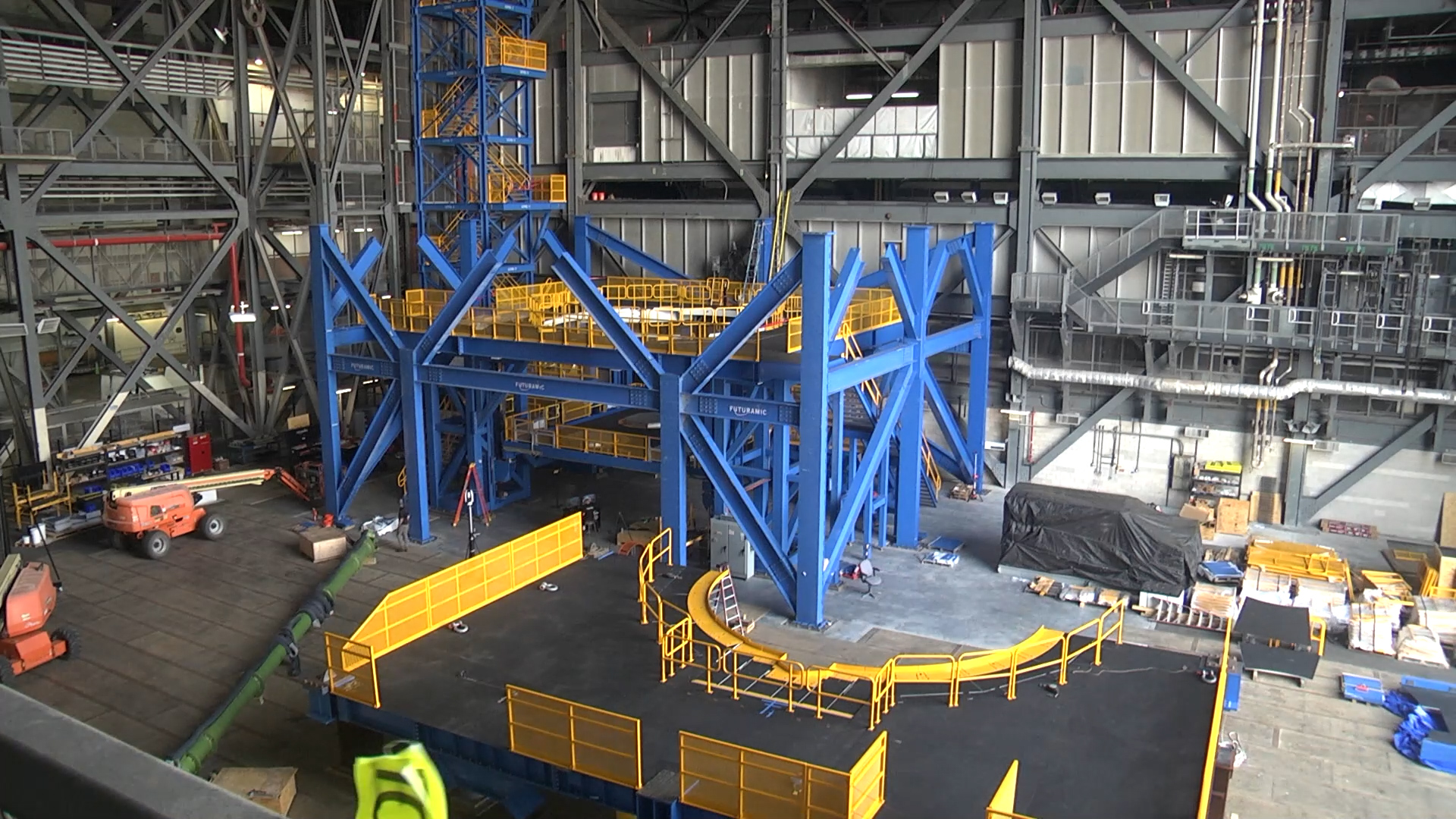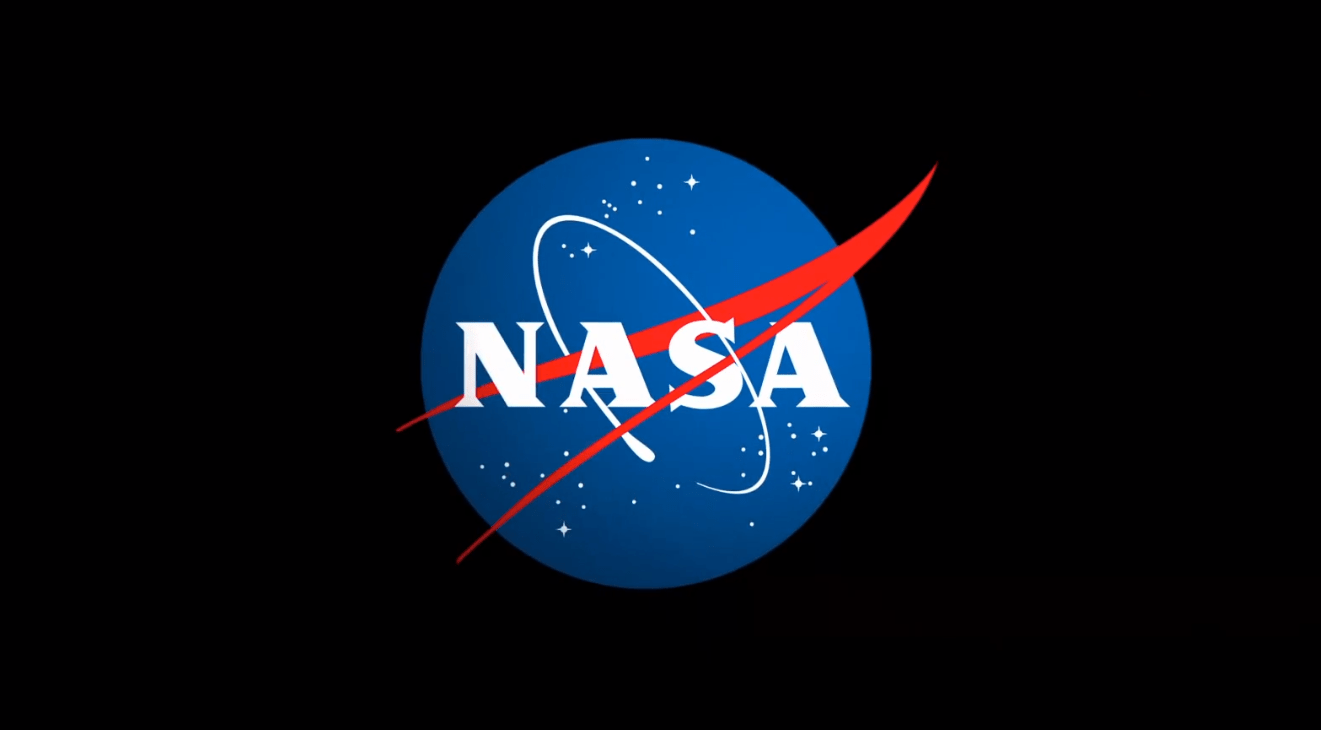Young women, ages 11 to 18, from Atlanta, Georgia, with interests in STEM (science, technology, engineering, and math), pose for a photo on Friday, Sept. 20, 2024, at the Launch and Landing Facility following their arrival at NASA’s Kennedy Space Center in Florida. The Delta Air Lines Women Inspiring Our Next Generation (WING) flight, with the help of NASA Kennedy, showcases the various women-led STEM careers available at the Florida spaceport. NASA/Kim Shiflett For the third straight year, scores of young women flew to NASA’s Kennedy Space Center in Florida…
Read MoreTag: Kennedy Space Center
NASA Selects Lockheed Martin to Develop Lightning Mapper for NOAA
Credit: NASA NASA, on behalf of the National Oceanic and Atmospheric Administration (NOAA), has selected Lockheed Martin Corp. of Littleton, Colorado, to develop a lightning mapping instrument as part of NOAA’s Geostationary Extended Observations (GeoXO) satellite program. This cost-plus-award-fee contract is valued at approximately $297.1 million. It includes the development of two flight instruments as well as options for two additional units. The anticipated period of performance for this contract includes support for 10 years of on-orbit operations and five years of on-orbit storage, for a total of 15 years…
Read MoreNew Hardware for Future Artemis Moon Missions Arrive at NASA Kennedy
On the left, the Canopee transport carrier containing the European Service Module for NASA’s Artemis III mission arrives at Port Canaveral in Florida, on Tuesday, Sept. 3, 2024, before completing the last leg of its journey to the agency’s Kennedy Space Center’s Neil A. Armstrong Operations and Checkout via truck. On the right, NASA’s Pegasus barge, carrying several pieces of hardware for Artemis II, III, and IV arrives at NASA Kennedy’s Launch Complex 39 turn basin wharf on Thursday, Sept. 5, 2024. Credit: NASA From across the Atlantic Ocean and…
Read MoreNASA, SpaceX Extend US Media Deadline for Crew-9 Launch to Station
The SpaceX Dragon Endurance crew ship, carrying four Crew-5 members, approaches the International Space Station with the Earth’s horizon in the background. Credit: NASA/Kjell Lindgren NASA is extending U.S. media accreditation for the launch of the agency’s ninth rotational mission of a SpaceX Falcon 9 rocket and Dragon spacecraft that will carry astronauts to the International Space Station. This mission is part of NASA’s Commercial Crew Program. The application period for U.S. media and U.S. citizens representing international media organizations is extended until 11:59 p.m. EDT on Tuesday, Sept. 3.…
Read MoreNASA, Boeing Optimizing Vehicle Assembly Building High Bay for Future SLS Stage Production
NASA is preparing space at the agency’s Kennedy Space Center in Florida for upcoming assembly activities of the SLS (Space Launch System) rocket core stage for future Artemis missions, beginning with Artemis III. Teams are currently outfitting the assembly building’s High Bay 2 for future vertical assembly of the rocket stage that will help power NASA’s Artemis campaign to the Moon. During Apollo, High Bay 2, one of four high bays inside the Vehicle Assembly Building, was used to stack the Saturn V rocket. During the Space Shuttle Program, the…
Read MoreNASA Selects Three New Venture-Class Launch Service Providers
Credit: NASA NASA has selected three additional companies to provide launch services for future agency missions through its VADR (Venture-Class Acquisition of Dedicated and Rideshare) contract. The companies awarded are: Arrow Science and Technology LLC of Webster, Texas Impulse Space Inc. of Redondo Beach, California Momentus Space LLC of San Jose, California The VADR contract is a firm-fixed-price, indefinite-delivery/indefinite-quantity instrument with an ordering period through Feb. 3, 2027 and a maximum total value of $300 million across all VADR contracts. NASA selected the new launch providers in accordance with VADR’s…
Read MoreLeadership to Discuss NASA’s Boeing Crew Flight Test
Boeing’s Starliner spacecraft that launched NASA’s Crew Flight Test astronauts Butch Wilmore and Suni Williams to the International Space Station is pictured docked to the Harmony module’s forward port. (Credit: NASA) NASA Administrator Bill Nelson and leadership will hold an internal Agency Test Flight Readiness Review on Saturday, Aug. 24, for NASA’s Boeing Crew Flight Test. About an hour later, NASA will host a live news conference at 1 p.m. EDT from the agency’s Johnson Space Center in Houston. Watch the media event on NASA+, NASA Television, the NASA app,…
Read MoreFAQ: NASA’s Boeing Crew Flight Test Return Status
7 min read Preparations for Next Moonwalk Simulations Underway (and Underwater) Editor’s note: This article was updated Aug. 20, 2024, to reflect the latest information from NASA’s Office of Communications. NASA astronauts Butch Wilmore and Suni Williams arrived at the orbiting laboratory on June 6 aboard the Boeing Starliner after lifting off on June 5 from Space Launch Complex-41 at Cape Canaveral Space Force Station in Florida. During Starliner’s flight to the space station, engineers noticed some of the spacecraft’s thrusters did not perform as expected and several leaks in…
Read MoreRescuers at the Ready at NASA’s Kennedy Space Center
3 Min Read Rescuers at the Ready at NASA’s Kennedy Space Center Credits: NASA/Kim Shiflett If there’s an emergency at the launch pad during a launch countdown, there’s a special team engineers at Kennedy Space Center teams can call on – the Pad Rescue team. Trained to quickly rescue personnel at the launch pad and take them to safety in the event of an unlikely emergency, NASA’s Pad Rescue team at the agency’s Kennedy Space Center in Florida has been in place since the Apollo Program. Today they help support crewed…
Read MoreNASA Invites Media to Watch Artemis II Rocket Adapter Roll Out
Crews are preparing to move a key adapter for NASA’s Space Launch System rocket out of Marshall Space Flight Center’s Building 4708 to the agency’s Pegasus barge. The cone-shaped launch vehicle stage adapter connects the rocket’s core stage to the upper stage and helps protect the upper stage’s engine that will help propel the Artemis II mission around the Moon. Credits: Sam Lott/NASA To mark progress toward the first crewed flight test around the Moon in more than 50 years for the benefit of humanity, NASA will welcome media Wednesday,…
Read More








